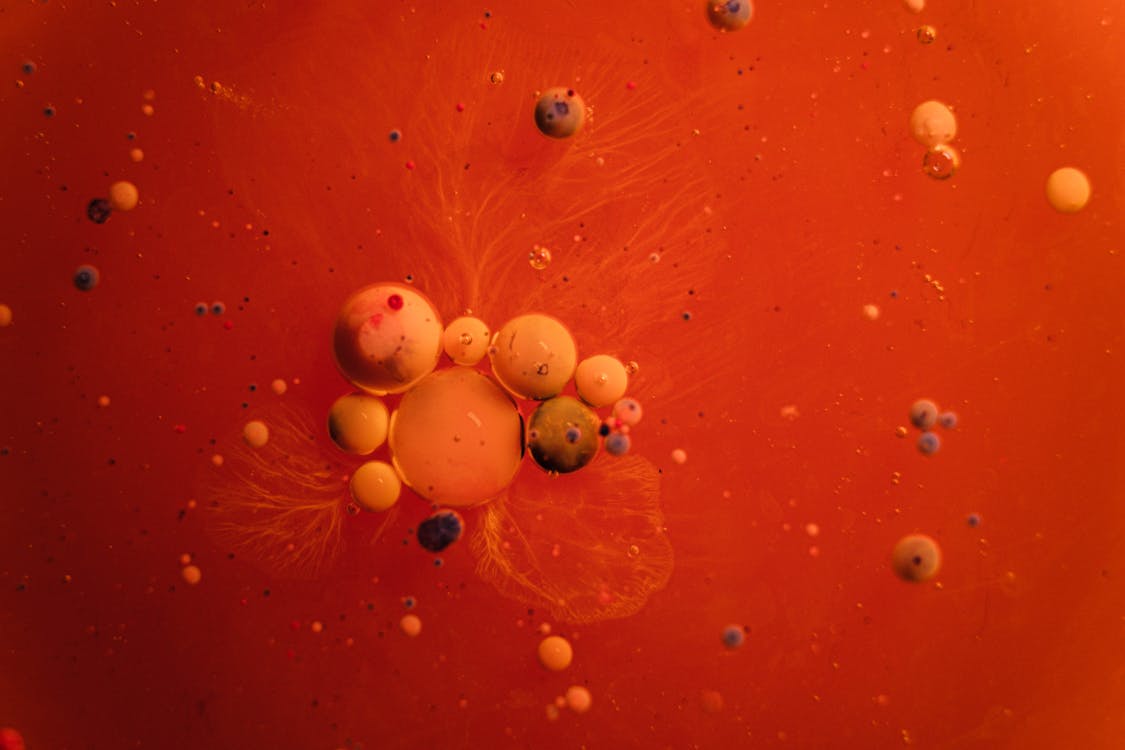
Researchers at the Centre for Genomic Regulation (CRG), the University of the Basque Country (UPV/EHU), Donostia International Physics Center (DIPC), and the Fundación Biofisica Bizkaia (FBB, located in Biofisika Institute) were able to detect early stages of cancer cells with a new deep learning method called Artificial Intelligence (AI) of the Nucleus (AINU), a very promising development in disease diagnostics.
AINU can accurately identify human somatic cells, human-induced pluripotent stem cells (hiPSCs), early-stage cells infected with the herpes simplex virus type 1 (HSV-1), and even cancer cells after it has been properly trained. The findings were published on Tuesday, August 27, in a study in the journal Nature Machine Intelligence.
Advanced Microscopy for Early Virus Detection
The AI utilizes a specialized microscopy technique known as Stochastic Optical Reconstruction Microscopy (STORM) to capture images at nanoscale resolution. These are high-resolution images of the cell nucleus that are otherwise invisible through traditional microscopy methods. AINU’s ability to detect rearrangements as small as 20 nanometers—5,000 times smaller than the width of a human hair—sets it apart from current diagnostic technologies.
“The resolution of these images is powerful enough for our AI to recognize specific patterns and differences with remarkable accuracy, including changes in how DNA is arranged inside cells, helping spot alterations very soon after they occur,” said Pia Cosma, PhD, research professor at the CRG in Barcelona. “We think that one day, this type of information can buy doctors valuable time to monitor disease, personalize treatments, and improve patient outcomes.”
The AI will be able to detect the presence of HSV-1 as soon as one hour after contact with the virus by finding slight differences in chromatin structure, which is altered upon viral infection.
“Our method can detect cells that have been infected by a virus very soon after the infection starts. Normally, it takes time for doctors to spot an infection because they rely on visible symptoms or larger changes in the body. But with AINU, we can see tiny changes in the cell’s nucleus right away,” stated Ignacio Arganda-Carreras, PhD, a research associate in the Department of Computer Science and Artificial Intelligence at the UPV/EHU.
Challenges and Future Directions in Clinical Settings
AINU is a convolutional neural network, a type of AI designed to analyze visual data. The researchers trained the model using nanoscale-resolution images of various cell types in different states.
By learning to recognize specific patterns in the distribution and arrangement of nuclear components, AINU can classify cell nuclei as cancerous or normal. This capability is crucial for early detection and timely intervention.
However, AINU still faces several challenges before it can be widely adopted in clinical settings. STORM imaging requires specialized equipment and technical expertise, often only available in advanced biomedical research labs. Additionally, the technique currently analyzes only a few cells at a time, limiting its throughput for diagnostic purposes.
Dr. Cosma remains optimistic about overcoming these barriers. “There are many rapid advances in the field of STORM imaging, which mean that microscopes may soon be available in smaller or less specialized labs, and eventually, even in the clinic,” she says. The research team hopes to conduct preclinical experiments soon to further validate AINU’s clinical potential.
Beyond diagnostics, AINU is expected to accelerate scientific research, particularly in stem cell studies. The AI can identify pluripotent stem cells with high precision, aiding in the development of safer and more effective stem cell therapies.
“Current methods to detect high-quality stem cells rely on animal testing,” explains Davide Carnevali, a researcher at CRG. “Our AI model only needs a sample stained with specific markers, making the process easier and faster while reducing animal use in science.”
AINU’s development marks a significant step towards more accurate and timely disease detection, with the potential to revolutionize both clinical diagnostics and biomedical research.




![AI Trends for [current_date format='Y']: What's Shaping the Future of AI 5 AI trends](https://www.greenbot.com/wp-content/uploads/2025/04/AI-trends-150x150.png)















